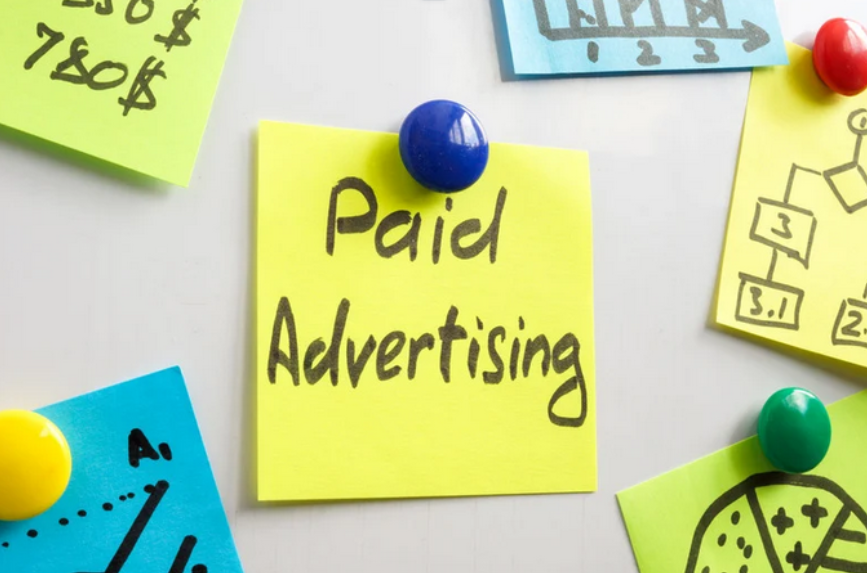Businesses have many ways to promote their products and services, with content marketing and paid advertising being two of the most effective strategies. Each has its own advantages and challenges, making it important to choose the right approach based on your goals. Utah Digital Marketing Experts explores the benefits and limitations of both to help you make an informed decision.
What is Content Marketing?
Content marketing involves creating and sharing valuable, relevant, and consistent content to attract and engage a target audience. This content can take various forms, including blog posts, articles, videos, infographics, social media posts, and more. The primary goal of content marketing is to build brand awareness, establish authority, and foster long-term relationships with customers.
Benefits of Content Marketing
- Builds Trust and Authority: By consistently providing valuable content, businesses can establish themselves as industry experts, gaining the trust of their audience. This trust translates to brand loyalty and customer retention.
- Cost-Effective: While it requires time and effort, content marketing is generally more affordable than paid advertising in the long run. Businesses can leverage organic traffic and referrals, reducing their reliance on paid channels.
- Long-Term Results: High-quality content can continue to attract and engage visitors long after it’s been published. Evergreen content, in particular, can provide ongoing value and relevance.
- Improves SEO: Regularly updated and optimized content can improve a website’s search engine rankings, driving organic traffic. Search engines favor websites with fresh, authoritative content, leading to higher visibility.
Challenges of Content Marketing
- Time-Consuming: Creating high-quality content requires a significant investment of time and resources. From research and writing to design and distribution, the process can be labor-intensive.
- Requires Consistency: To see results, businesses must consistently produce and share valuable content. A sporadic approach can lead to diminished impact and lost audience interest.
- Measurement and ROI: It can be challenging to measure the direct return on investment (ROI) from content marketing efforts. Attribution models and tracking can be complex, making it difficult to quantify success.
What are Paid Ads?

Paid advertising involves paying for ad placements on various platforms, such as search engines, social media, websites, and more. These ads can be in the form of text, images, videos, or other formats. The primary goal of paid advertising is to drive immediate traffic and conversions.
Benefits of Paid Ads
- Quick Results: Paid ads can generate immediate traffic and leads, making them ideal for short-term campaigns. They are especially effective for promotions, product launches, and time-sensitive offers.
- Targeted Reach: Businesses can target specific demographics, interests, and behaviors, ensuring their ads reach the right audience. Advanced targeting options allow for precise audience segmentation.
- Scalability: Paid advertising campaigns can be scaled up or down based on budget and performance. Businesses can adjust their ad spend to align with their goals and market conditions.
- Measurable: It’s easy to track the performance of paid ads, allowing businesses to measure ROI and optimize their campaigns. Analytics tools provide insights into ad effectiveness, helping refine strategies.
Challenges of Paid Ads
- Cost: Depending on the industry and competition, paid advertising can be expensive. High-demand keywords and premium ad placements can drive up costs.
- Ad Fatigue: Audiences can become tired of seeing the same ads, leading to decreased effectiveness over time. It’s essential to regularly refresh ad creatives to maintain engagement.
- Short-Term Impact: Once a campaign ends, the traffic and leads generated by paid ads usually decline quickly. The transient nature of paid ads means ongoing investment is needed for sustained results.
Content Marketing vs. Paid Ads: A Comparison
Cost
- Content Marketing: Requires an investment of time and resources upfront but is generally more cost-effective in the long run.
- Paid Ads: Can be expensive, especially in competitive industries, but can also be adjusted based on budget.
Time to See Results
- Content Marketing: Takes time to build momentum but can provide long-term benefits.
- Paid Ads: Generates immediate results but has a short-term impact.
Audience Engagement
- Content Marketing: Builds trust and long-term relationships with the audience.
- Paid Ads: Provides immediate visibility but may not foster long-term engagement.
Measurement and ROI
- Content Marketing: Can be challenging to measure direct ROI but offers long-term value.
- Paid Ads: Easy to track and measure ROI, allowing for optimization of campaigns.
Which Strategy is Right for Your Business?
The choice between content marketing and paid ads depends on your business goals, budget, and timeline. Here are some considerations to help you decide:
- Budget: If you have a limited budget, content marketing may be the better option, as it can provide long-term benefits without ongoing costs. Additionally, small businesses and startups can leverage content marketing to build their presence without breaking the bank.
- Timeline: If you need immediate results, paid ads are the way to go. However, for long-term growth, content marketing is more effective. Businesses looking for sustained visibility should invest in a robust content strategy.
- Goals: If your goal is to build brand awareness and establish authority, content marketing is ideal. If you’re focused on driving quick traffic and conversions, paid ads are the better choice. A balanced approach can also be effective, combining the strengths of both strategies.
Conclusion
Both content marketing and paid ads have their strengths and weaknesses. The best approach for your business may involve a combination of both strategies. By leveraging the long-term benefits of content marketing and the immediate impact of paid ads, you can create a comprehensive marketing plan that drives both short-term and long-term success. Ultimately, the key is to understand your audience, set clear objectives, and continuously optimize your efforts for the best results.

